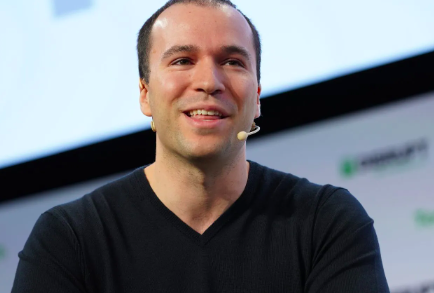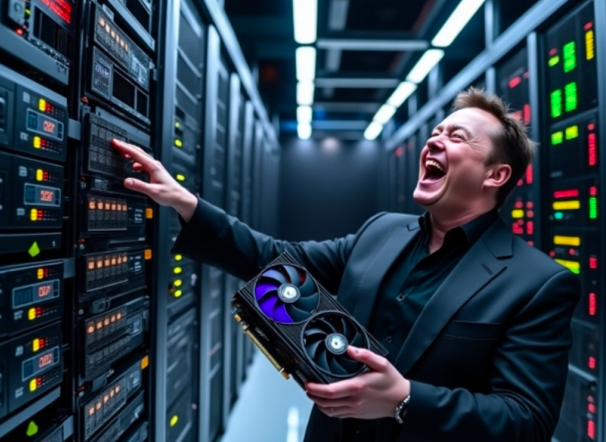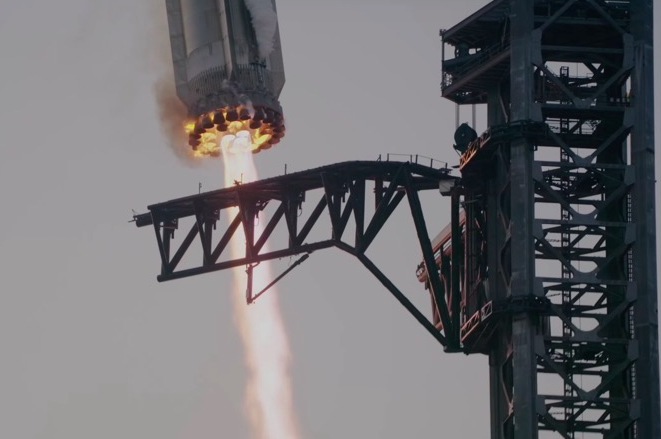Greg Brockman: The Search for a New Dawn at OpenAI
In a surprising twist, Greg Brockman, the co-founder and former president of OpenAI, is reportedly contemplating a return to the organization following his recent exit. Brockman’s departure came amid a tumultuous period for the company, which has grappled with internal conflicts and challenges regarding its direction and leadership. Sources indicate that he may be drawn back by the vision of advancing artificial intelligence responsibly and ethically, aligning with OpenAI’s original mission to ensure that AI benefits all of humanity.

Adding another layer to the unfolding drama, Mira Murati, the former CTO of OpenAI, has been actively recruiting talent from the organization for her new startup. Her move underscores the competitive landscape of AI, where attracting top talent is essential for innovation and growth. Murati’s hiring efforts have sparked intrigue, especially as they signal a potential shift in the industry dynamics and highlight the ongoing competition between startups and established players like OpenAI.
Brockman’s potential return raises questions about the future leadership structure at OpenAI and whether he can help navigate the complexities the organization faces. As the AI landscape continues to evolve rapidly, the need for strong, stable leadership is more crucial than ever. Should Brockman reintegrate into OpenAI, it could mark a significant turning point for the company as it seeks to reclaim its position as a leader in ethical AI development amid fierce competition and scrutiny.
Elon Musk: Redefining Speed in AI Innovation with xAI
Elon Musk continues to push the boundaries of technology with his latest venture, xAI, where his team has achieved a remarkable feat by setting up 100,000 H200 AI GPUs in just 19 days. This astonishing accomplishment has garnered praise from industry leaders, including Nvidia’s CEO, who dubbed Musk “superhuman.” The rapid deployment of such a significant number of AI GPUs not only showcases Musk’s ambitious vision but also highlights the increasing demand for powerful computing resources in the rapidly evolving AI landscape.

The swift setup of these GPUs signifies xAI’s commitment to driving advancements in artificial intelligence, which Musk has consistently championed. As businesses and researchers alike race to harness AI’s potential, Musk’s efforts exemplify the relentless pursuit of innovation that characterizes his various ventures. This rapid progress not only enhances xAI’s capabilities but also positions it as a significant player in the competitive field of AI development, raising the bar for what can be achieved in an incredibly short timeframe. As Musk continues to redefine the possibilities within the tech industry, the implications of this rapid GPU deployment could shape the future of AI research and application significantly.
Humanoids Take on the Gobi: A New Era in Robotics
A groundbreaking initiative has emerged as humanoid robots venture into the Gobi Desert of Northern China, marking a significant leap in robotic exploration and adaptability. This ambitious project, dubbed the “Robot Era,” aims to test the capabilities of advanced humanoid robots in navigating one of the harshest environments on the planet. Equipped with state-of-the-art technology, these robots are designed to traverse the challenging terrain, showcasing their potential for real-world applications in difficult and unpredictable conditions.

The deployment of humanoids in such an extreme environment not only highlights the advancements in robotics but also opens doors for future applications in disaster response, search and rescue missions, and even exploration of extraterrestrial landscapes. As these robots gather valuable data about their surroundings, researchers hope to enhance their functionalities, making them more versatile for various tasks. This pioneering effort exemplifies the intersection of robotics and exploration, signaling a new era where humanoids could play a crucial role in overcoming challenges that human beings cannot easily tackle. As the project unfolds, it will undoubtedly provide insights into the future of robotic technology and its impact on our world.
Watch SpaceX’s Starship Launch and Booster Catch in Stunning 4K Slow Motion
SpaceX continues to push the boundaries of aerospace engineering with the recent launch of its Starship rocket, now available for viewing in breathtaking 4K slow motion. This impressive footage captures the rocket’s ascent, showcasing its powerful engines and dynamic maneuvers. The highlight of the launch was the successful catch of the booster by the recovery ship, an extraordinary feat that underscores SpaceX’s commitment to reusability and cost efficiency in space travel.

The slow-motion video not only provides a visually stunning experience but also allows viewers to appreciate the intricate details of the launch process, including the ignition of the engines and the precise timing of the booster separation. SpaceX’s innovative approach to reusing rocket components significantly reduces the cost of launches and advances the goal of sustainable space exploration. This milestone further demonstrates SpaceX’s leadership in the aerospace industry, paving the way for future missions to the Moon, Mars, and beyond. As the company continues to refine its technologies, the excitement surrounding space travel only grows, inspiring a new generation of explorers and innovators.
